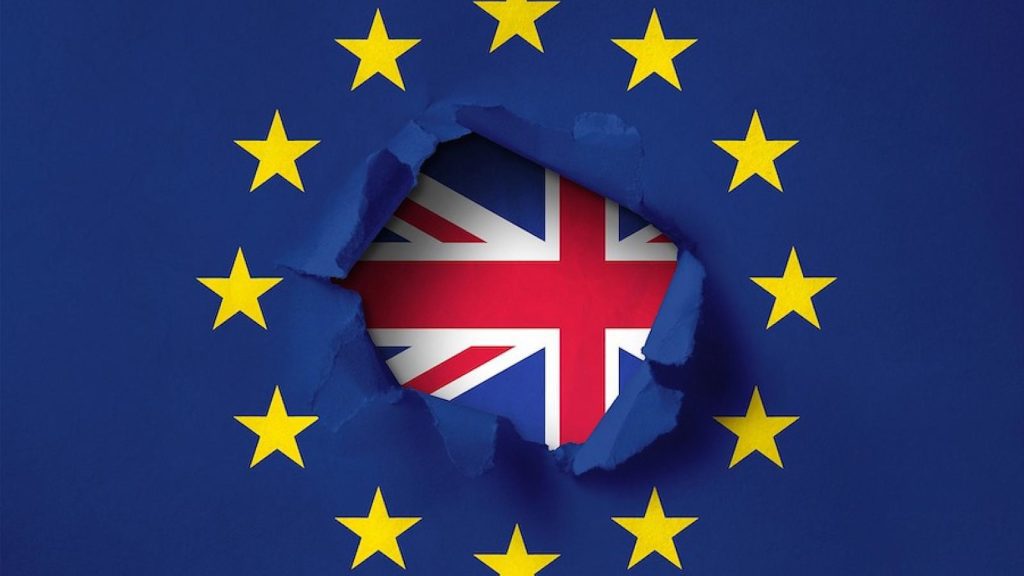
The UK’s public relations sector is worth about £14bn and covers everything from managing celebrity and sports reputations to corporate product launches and brand development.
Like most other industries, it’s dealing with huge changes, not least at the hands of new technology and the growing influence of social media.
So we thought it would be worth taking a look at what factors are re-shaping the world of PR and what the 71,000 people who work in the sector should be looking at.
Influencer marketing
Zoe Sugg and PewDiePie may not be household names yet, but they are among some of the biggest influencers in the social media world.
Many across the PR spectrum believe that 2019 will see a big shift towards these types of media influencers over traditional PR activities.
Influencer marketing is going mainstream, in fact some would say it’s already there.
As this area of marketing matures, savvy PRs will be seeking out potentially valuable influencers of the future with whom they can cultivate deep, long lasting relationships.
Like anything, though, choosing the right personality to link your brand to can be a risky business.
Today’s star influencer on Instagram or YouTube, could be tomorrow’s headline news for all the wrong reasons.

Experts also suggest that micro-influencers and nano-influencers will be en vogue with brands this year.
A micro-influencer is deemed to be someone who has a following of between 2,000 and 50,000 on any given social media channel.
Nano-influencers are even smaller, with anything from 1,000 to 5,000 followers – mainly family and friends, who trust them – and who create content that brands consider to be of value.
The word is not enough
Visual images and video have never been more important in the news machine.
It may sound obvious, but a press release sent to a journalist with compelling images and or video clips attached is far more likely to be given space and consideration than a written release on its own.
It’s almost impossible now to find a news story in the digital world that doesn’t have a ‘main image’ photo to accompany it.
Agencies are becoming more aware of the fact that a story is more likely to be written up if there’s an appropriate image provided with it.
Moreover, US networks giant, Cisco, predicts that video will make up 80 per cent of all internet traffic by this year, so communications professionals should be looking at how video content can fit into their PR campaigns.

It’s also worth noting the practical issues that reporters and editors face in the digital space.
Many content management systems, such as WordPress, Doomla and Drupal, won’t allow a writer to publish a feature or news story unless there is a photo to accompany it.
Providing news agencies and journalists with prepared imagery and video clips, cuts down the amount of work needed to get the story onto the digital page and can be the difference between a story appearing or being left behind.
Even a well-composed photo of a company’s brand, product or team at work could dramatically alter the success or otherwise of a PR campaign.
AI in your space
Artificial intelligence is set to make the entire human workforce of the world redundant.
Well, no, it’s not actually, but this is what many industries, including the PR sector, fear the futuristic technology will do to their carefully carved out careers.
The truth is that AI can take on many of the more mundane tasks in a PR’s daily task list.
According to website Replacedbyrobot, there is only an 18 per cent chance that an account executive will be entirely replaced by automation and a miniscule 1.5 per cent chance that account directors will go the way of the Dodo.
But AI, machine learning and big data can all help determine a raft of useful factors that can help a PR pro get the most out of their work.
This includes determining the optimal time to start a PR campaign; targeting the right audiences, news organisations and influencers; drilling down through data to get far deeper levels of granularity on effective campaigns, and so on.

As well as handling lots of technical factors, AI will also be able to help identify possible dangers or crises before they happen.
For example, AI could be deployed to analyse social media activity and determine any possible brand conflicts or reputation dangers that may be developing.
So embrace the AI and get it working for you rather than replacing you.
After all, PR people will always be needed to provide the human touch, make contact with media outlets and even call in favours if and when the need arises.
Ethical thinking
Already in 2019 we’ve seen companies like social media giant Facebook described as ‘digital gangsters’ and online retailer Amazon mired in a furious, corporate citizenship row over its shock decision to pull out of a planned new HQ in the state of New York.
Ethics and conscientious behaviour are growing in importance for many businesses and are already appearing in the presentations and powerpoint slides of marketing professionals, keen to show how their companies care about our planet and the people from whom they generate their income.

From fake news to plastics in our oceans, the public trust in everything from politics to business has been sorely tested and the world’s leading brands are already working hard to convince consumers that their ethics are well founded and authentic.
South Korean consumer electronics firm Samsung announced this week that it plans to overhaul its entire packaging policy to cut back on plastic and reduce waste.
And, as London Fashion Week draws to a close, British MPs have called for a 1p clothing tax in a bid to end ‘fast fashion’, which campaigners say pollutes the planet and results in £140bn in clothing being sent to landfill every year. Food for thought.
Political awareness
Big brands and political activism were once unthinkable bedfellows. Who in their right mind would risk the hard won respect for their brand by linking it to any kind of political story?
But the press officers at large corporate companies are beginning to realise that this mindset cannot continue.
There is growing evidence that consumers increasingly think politically when spending their hard earned cash.
A recent study by Edelman found that a staggering 64 per cent of consumers worldwide make purchasing decisions based on a brand’s social or political position.

In the age of movements such as ’Me too’ and growing concern about pollution, and even Brexit, companies, brands and individuals can win respect, and customers, when they carefully align themselves to important issues.
The Edelman report found that people believe brands have more power to address and solve social issues than their governments.
It is an area fraught with danger, but already public relations officials are beginning to see their marketing counterparts implement politically charged campaigns – Gillette’s admittedly divisive ‘Toxic Masculinity’ ad being one recent example – so they need to consider the value of coming off the fence, too, where PR is concerned.







